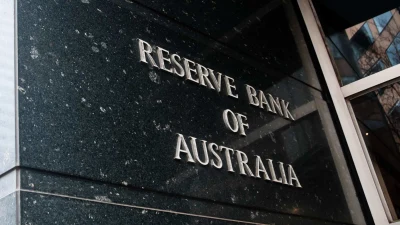APRA finalises climate change guide



The Australian Prudential Regulation Authority (APRA) has released its final prudential practice guide on climate change financial risks to assist APRA-regulated entities to manage climate-related risks within their existing risk management and governance practices.
APRA released the final prudential practice guide following consultation on the draft Prudential Practice Guide CPG 229 Climate Change Financial Risks (CPG 229) released in April this year.
The guide imposed no new regulatory requirements or obligations, but was designed to assist banks, insurers and superannuation trustees to manage the financial risks of climate change.
It covered APRA’s view of sound practice in areas such as governance, risk management, scenario analysis and disclosure of climate-related financial risks and was designed to be flexible in allowing each institution to adopt an approach that was appropriate for its size, customer base and business strategy.
APRA said it received nearly 50 submissions to the consultations with some stakeholders seeking a greater level of prescription in response to concerns that they may lack adequate capabilities or resources to address the financial risks of climate change.
In response to feedback to the consultation, APRA made minor amendments related to capital adequacy, the use of climate-related targets, and disclosing key design features of scenario analysis.
Wayne Byres, APRA chair, said the transition to a lower-emissions economy created financial risks that businesses needed to be prepared for.
“Recent developments, including the Australian Government’s commitment to net zero emissions by 2050, underscore the trajectory the world is on in response to climate change,” Byres said.
“Most APRA-regulated entities recognise the potential challenges of climate change, such as future changes in consumer and investor demand, emerging technologies, new laws or adjustments in asset values, but they don’t always have a good understanding of how to respond.
“CPG 229 is a direct response to their request for more clarity about regulatory expectations and examples of better industry practice.”
Byres said the guide would not prescribe any particular way of doing things or force companies to make any particular investment, lending or underwriting decision.
“Those are matters for the entities themselves to decide,” Byres said.
“But we do want to make sure that those decisions are well-informed, and don’t undermine the interests of bank depositors, insurance policyholders or superannuation members.”
Next year, APRA intended undertaking a survey to help gauge the alignment between institutions’ management of climate change financial risks, the guidance set out in CPG 229, and the Financial Stability Board’s Taskforce for Climate-related Financial Disclosures.
Recommended for you
The Reserve Bank of Australia (RBA) has lowered rates to a level not seen since mid-2023.
Financial Services Minister Stephen Jones has shared further details on the second tranche of the Delivering Better Financial Outcomes reforms including modernising best interests duty and reforming Statements of Advice.
The Federal Court has found a company director guilty of operating unregistered managed investment schemes and carrying on a financial services business without holding an AFSL.
The Governance Institute has said ASIC’s governance arrangements are no longer “fit for purpose” in a time when financial markets are quickly innovating and cyber crime becomes a threat.












